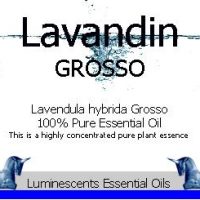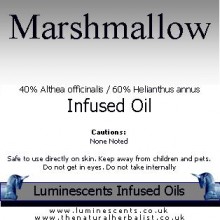Comfrey infused in sunflower oil has been cultivated since about 400 BC as a healing herb. The word comfrey, derived from the Latin word for “grow together”, reflects the early uses of this plant. Greeks and Romans used comfrey to stop heavy bleeding, treat bronchial problems, and heal wounds and broken bones. Poultices were made for external wounds and tea was consumed for internal ailments.
Common Use:
Comfrey has a wealth of medicinal uses. One of its old fashioned or common names is ‘knitbone’, a reminder of its traditional use in healing.
The herb contains allantoin, a cell proliferant that speeds up the natural replacement of body cells. This means that it will promote the swift healing of damaged or injured tissues, as well as maintaining cell growth and preventing diseases.
Comfrey has been used to treat a wide variety of ailments ranging from bronchial problems, broken bones, sprains, arthritis, gastric and varicose ulcers, severe burns, acne and other skin conditions. It is also said to have bone and teeth building properties in children, and have value in treating ‘many female disorders’. In past times comfrey baths were popular (but misguided) to repair the hymen and thus ‘restore virginity’. Constituents of comfrey also include mucilage, steroidal saponins, tannins, pyrrolizidine alkaloids, inulin, vitamin B12 and proteins.





